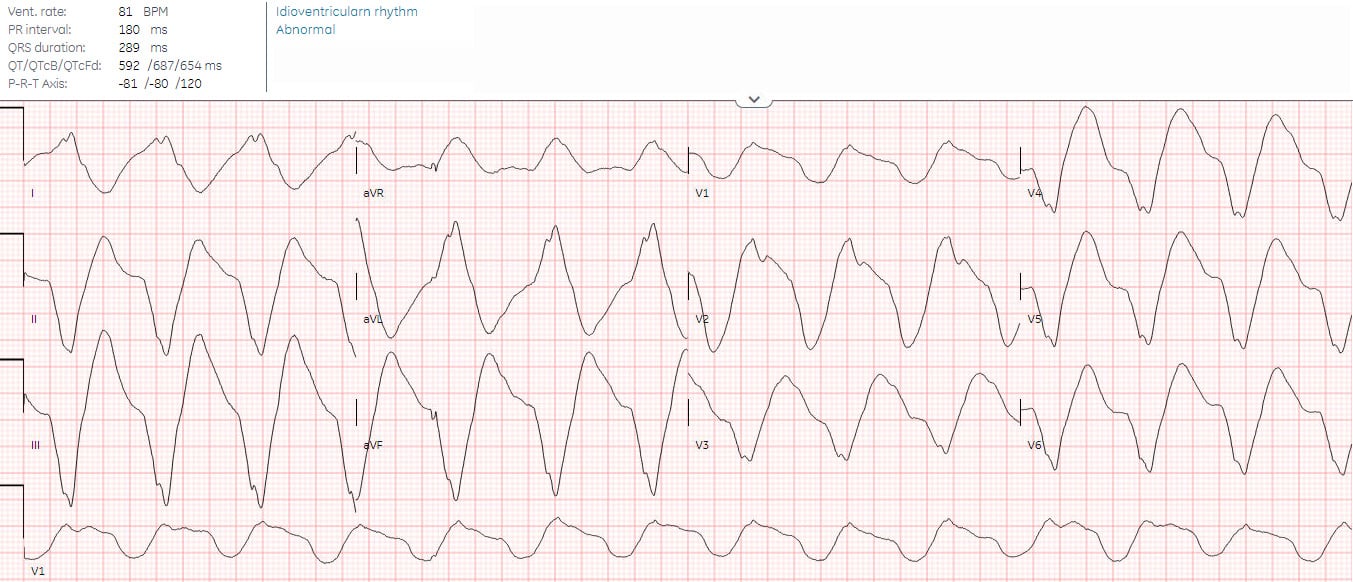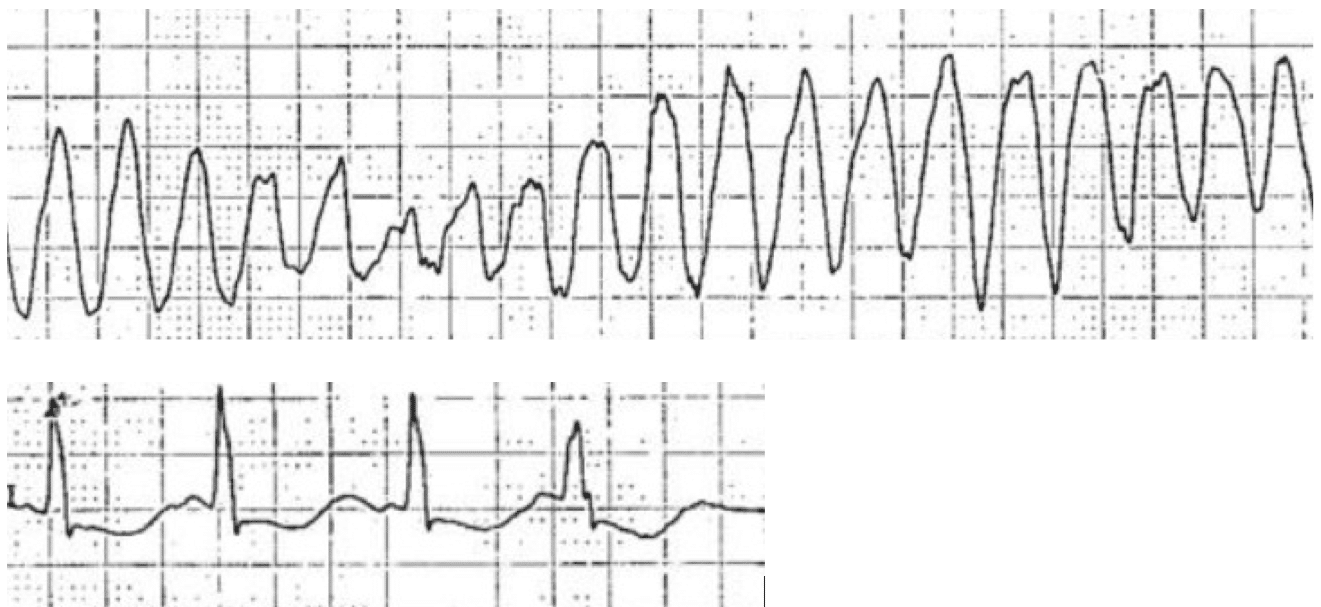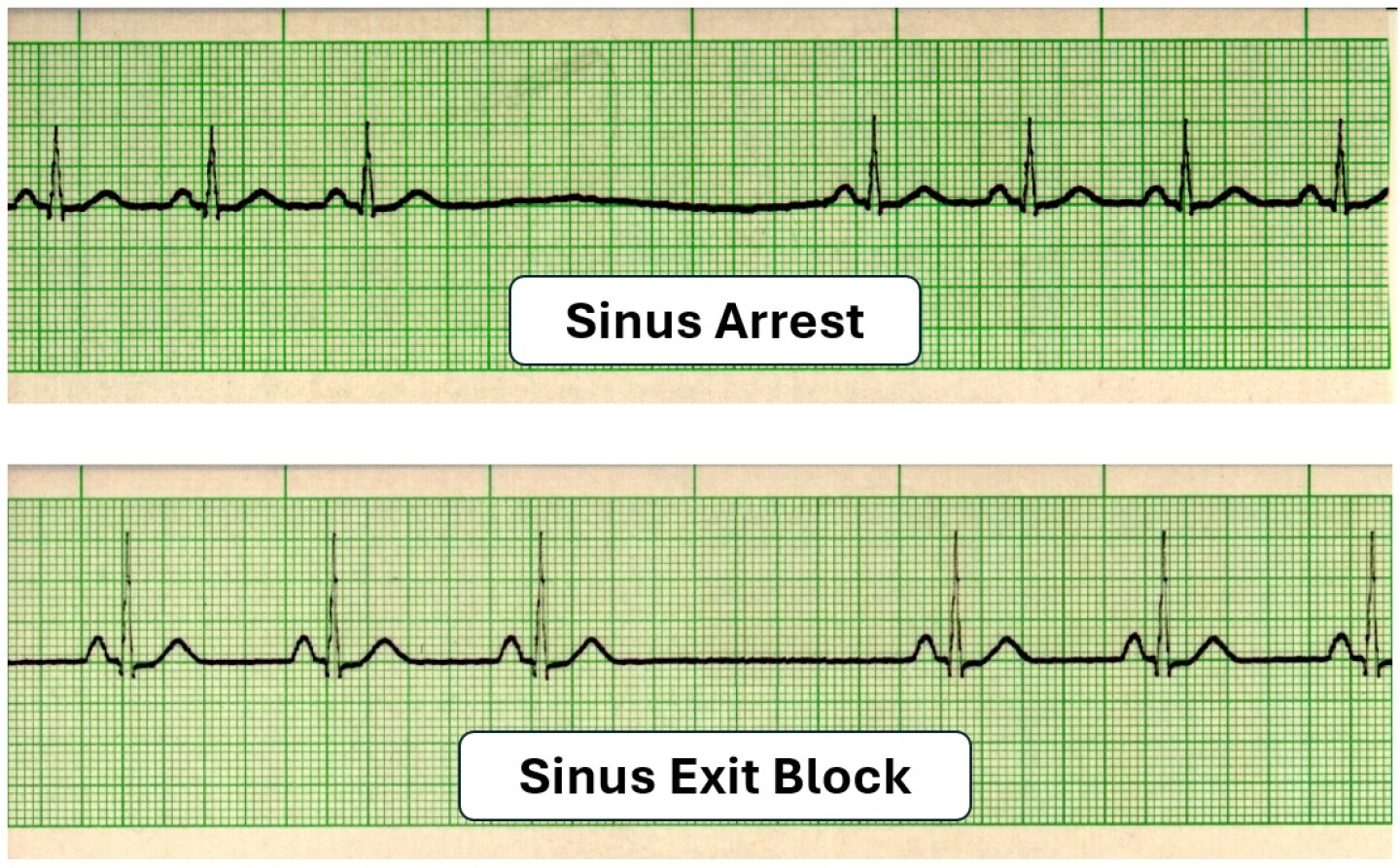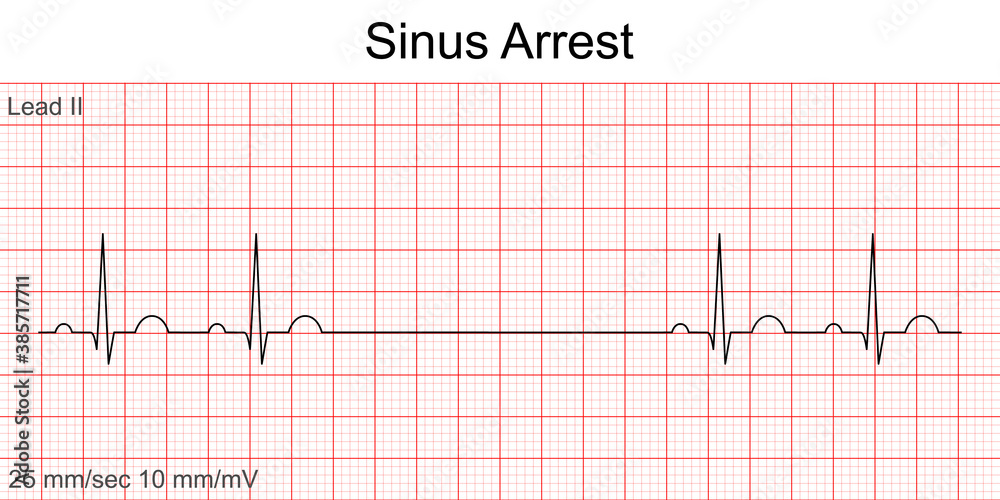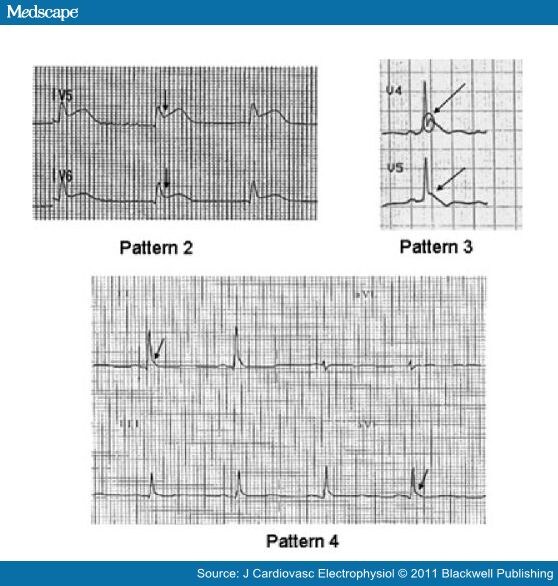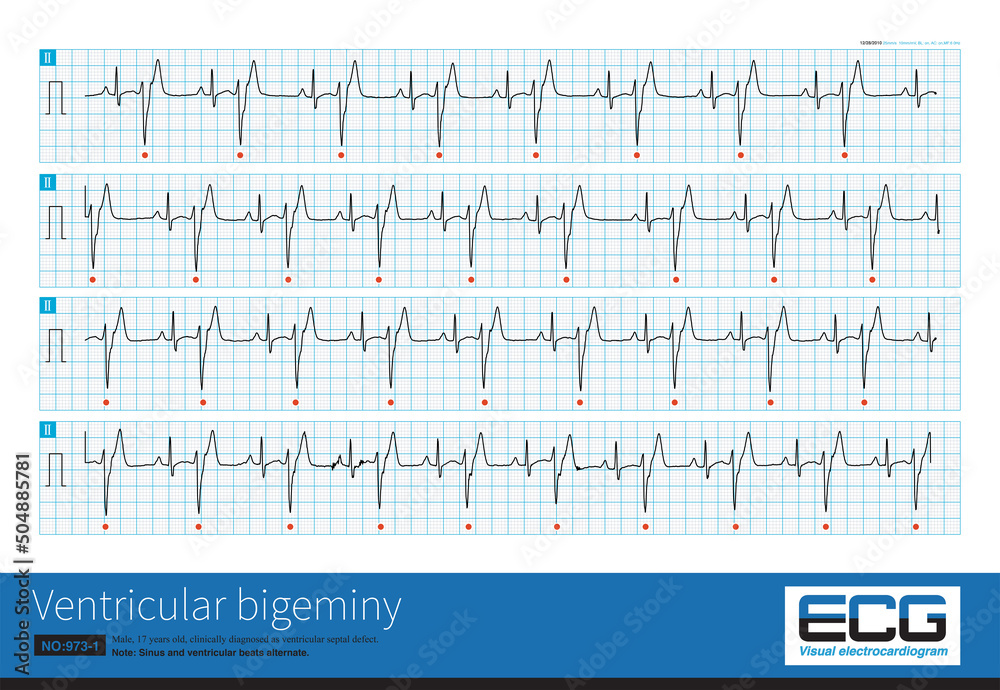Cardiac Arrest On Ecg
Cardiac Arrest On Ecg - There are four primary alterations in the. Cardiac arrest is a serious malfunction or stop of the electrical and mechanical activity of the heart. Pulseless electrical activity in cardiac arrest: During cardiac arrest, recognition of ventricular fibrillation/pulseless ventricular tachycardia (vf/vt) as shockable rhythms is crucial to the. The three phases following a sudden cardiac arrest were described by weisfeldt and becker (2002).
During cardiac arrest, recognition of ventricular fibrillation/pulseless ventricular tachycardia (vf/vt) as shockable rhythms is crucial to the. Pulseless electrical activity in cardiac arrest: There are four primary alterations in the. Cardiac arrest is a serious malfunction or stop of the electrical and mechanical activity of the heart. The three phases following a sudden cardiac arrest were described by weisfeldt and becker (2002).
There are four primary alterations in the. During cardiac arrest, recognition of ventricular fibrillation/pulseless ventricular tachycardia (vf/vt) as shockable rhythms is crucial to the. The three phases following a sudden cardiac arrest were described by weisfeldt and becker (2002). Pulseless electrical activity in cardiac arrest: Cardiac arrest is a serious malfunction or stop of the electrical and mechanical activity of the heart.
ECG Interpretation in Cardiac Arrest ECG Cases Emergency Medicine Cases
Cardiac arrest is a serious malfunction or stop of the electrical and mechanical activity of the heart. During cardiac arrest, recognition of ventricular fibrillation/pulseless ventricular tachycardia (vf/vt) as shockable rhythms is crucial to the. The three phases following a sudden cardiac arrest were described by weisfeldt and becker (2002). Pulseless electrical activity in cardiac arrest: There are four primary alterations.
Case A8. Extensive Anterolateral Infarction leading to cardiac arrest
Pulseless electrical activity in cardiac arrest: There are four primary alterations in the. During cardiac arrest, recognition of ventricular fibrillation/pulseless ventricular tachycardia (vf/vt) as shockable rhythms is crucial to the. Cardiac arrest is a serious malfunction or stop of the electrical and mechanical activity of the heart. The three phases following a sudden cardiac arrest were described by weisfeldt and.
Case 302020 A 54YearOld Man with Sudden Cardiac Arrest NEJM
Cardiac arrest is a serious malfunction or stop of the electrical and mechanical activity of the heart. The three phases following a sudden cardiac arrest were described by weisfeldt and becker (2002). During cardiac arrest, recognition of ventricular fibrillation/pulseless ventricular tachycardia (vf/vt) as shockable rhythms is crucial to the. Pulseless electrical activity in cardiac arrest: There are four primary alterations.
ECG Interpretation in Cardiac Arrest ECG Cases Emergency Medicine Cases
The three phases following a sudden cardiac arrest were described by weisfeldt and becker (2002). Pulseless electrical activity in cardiac arrest: During cardiac arrest, recognition of ventricular fibrillation/pulseless ventricular tachycardia (vf/vt) as shockable rhythms is crucial to the. There are four primary alterations in the. Cardiac arrest is a serious malfunction or stop of the electrical and mechanical activity of.
EKG Detective Sinus arrest vs. sinus exit block
The three phases following a sudden cardiac arrest were described by weisfeldt and becker (2002). During cardiac arrest, recognition of ventricular fibrillation/pulseless ventricular tachycardia (vf/vt) as shockable rhythms is crucial to the. Pulseless electrical activity in cardiac arrest: Cardiac arrest is a serious malfunction or stop of the electrical and mechanical activity of the heart. There are four primary alterations.
Vetor de Electrocardiogram show Sinus arrest pattern. Cardiac
Cardiac arrest is a serious malfunction or stop of the electrical and mechanical activity of the heart. There are four primary alterations in the. Pulseless electrical activity in cardiac arrest: During cardiac arrest, recognition of ventricular fibrillation/pulseless ventricular tachycardia (vf/vt) as shockable rhythms is crucial to the. The three phases following a sudden cardiac arrest were described by weisfeldt and.
Part 12 Cardiac Arrest in Special Situations Circulation
The three phases following a sudden cardiac arrest were described by weisfeldt and becker (2002). Pulseless electrical activity in cardiac arrest: During cardiac arrest, recognition of ventricular fibrillation/pulseless ventricular tachycardia (vf/vt) as shockable rhythms is crucial to the. There are four primary alterations in the. Cardiac arrest is a serious malfunction or stop of the electrical and mechanical activity of.
ECG Interpretation in Cardiac Arrest ECG Cases Emergency Medicine Cases
During cardiac arrest, recognition of ventricular fibrillation/pulseless ventricular tachycardia (vf/vt) as shockable rhythms is crucial to the. There are four primary alterations in the. The three phases following a sudden cardiac arrest were described by weisfeldt and becker (2002). Cardiac arrest is a serious malfunction or stop of the electrical and mechanical activity of the heart. Pulseless electrical activity in.
Sudden Cardiac Arrest ECG Repolarization After Resuscitation
Pulseless electrical activity in cardiac arrest: The three phases following a sudden cardiac arrest were described by weisfeldt and becker (2002). There are four primary alterations in the. During cardiac arrest, recognition of ventricular fibrillation/pulseless ventricular tachycardia (vf/vt) as shockable rhythms is crucial to the. Cardiac arrest is a serious malfunction or stop of the electrical and mechanical activity of.
arrhythmia, background, cardiac, cardiac arrest, cardiogram, cardiology
During cardiac arrest, recognition of ventricular fibrillation/pulseless ventricular tachycardia (vf/vt) as shockable rhythms is crucial to the. Pulseless electrical activity in cardiac arrest: There are four primary alterations in the. Cardiac arrest is a serious malfunction or stop of the electrical and mechanical activity of the heart. The three phases following a sudden cardiac arrest were described by weisfeldt and.
The Three Phases Following A Sudden Cardiac Arrest Were Described By Weisfeldt And Becker (2002).
Pulseless electrical activity in cardiac arrest: Cardiac arrest is a serious malfunction or stop of the electrical and mechanical activity of the heart. During cardiac arrest, recognition of ventricular fibrillation/pulseless ventricular tachycardia (vf/vt) as shockable rhythms is crucial to the. There are four primary alterations in the.
